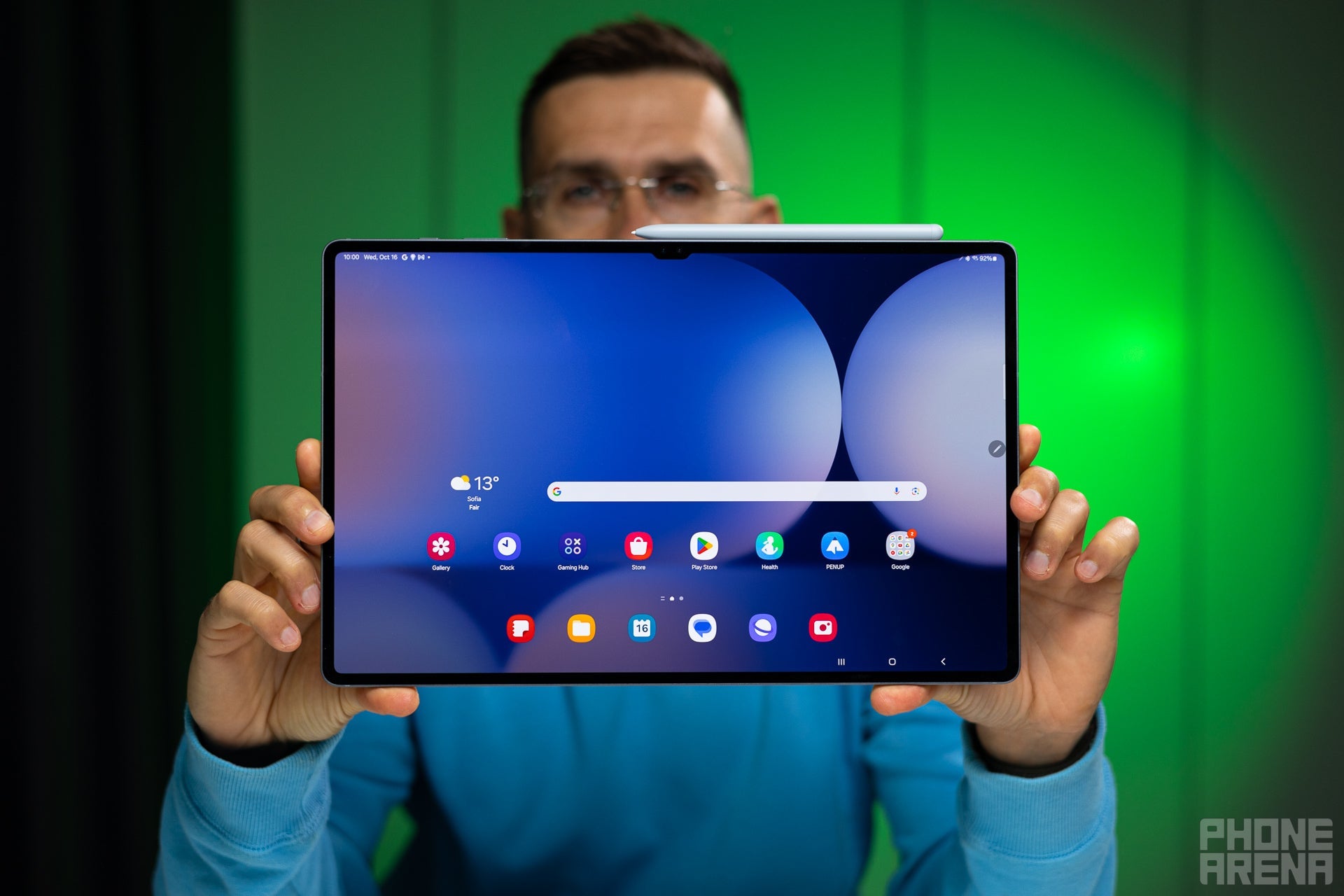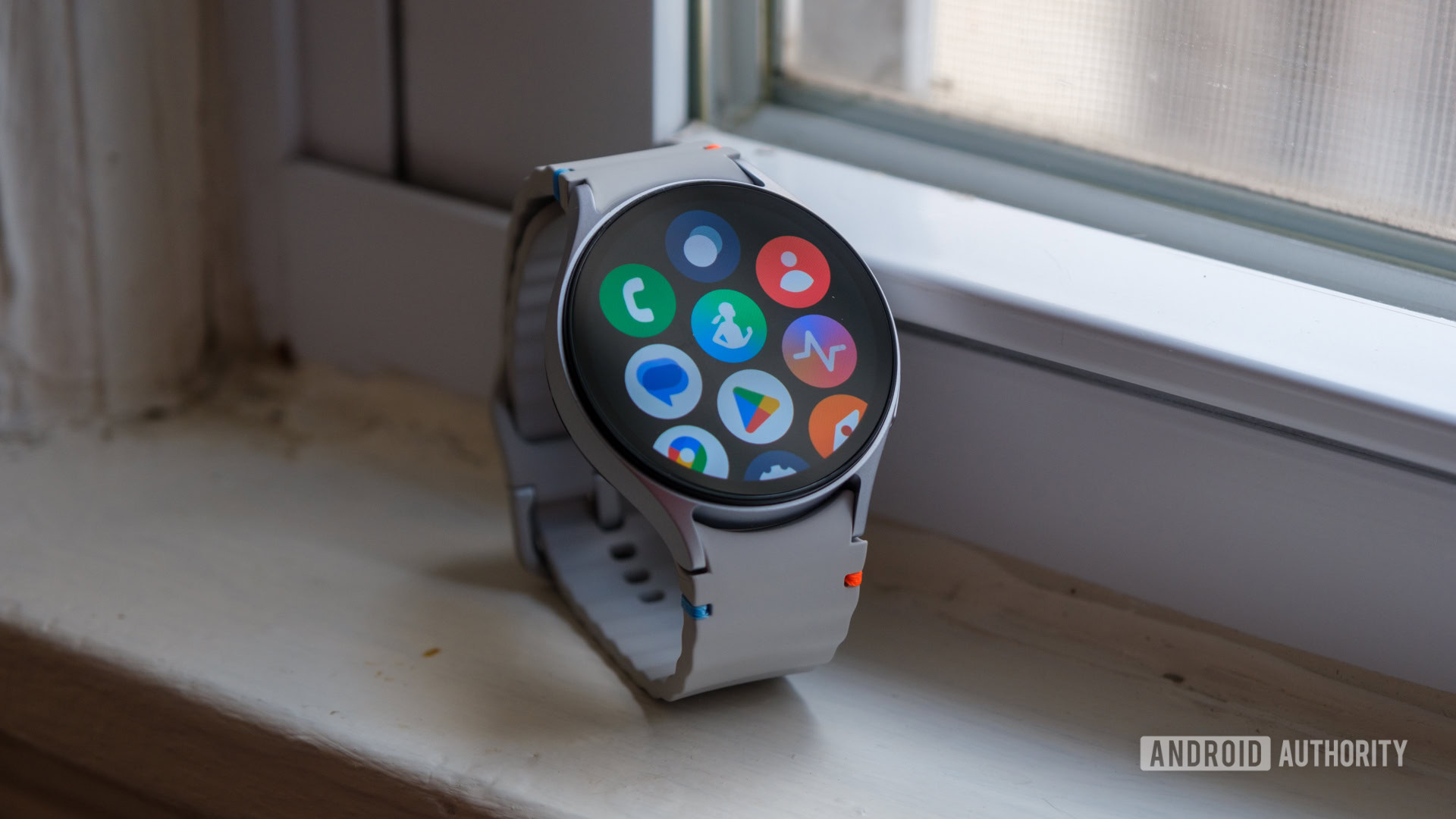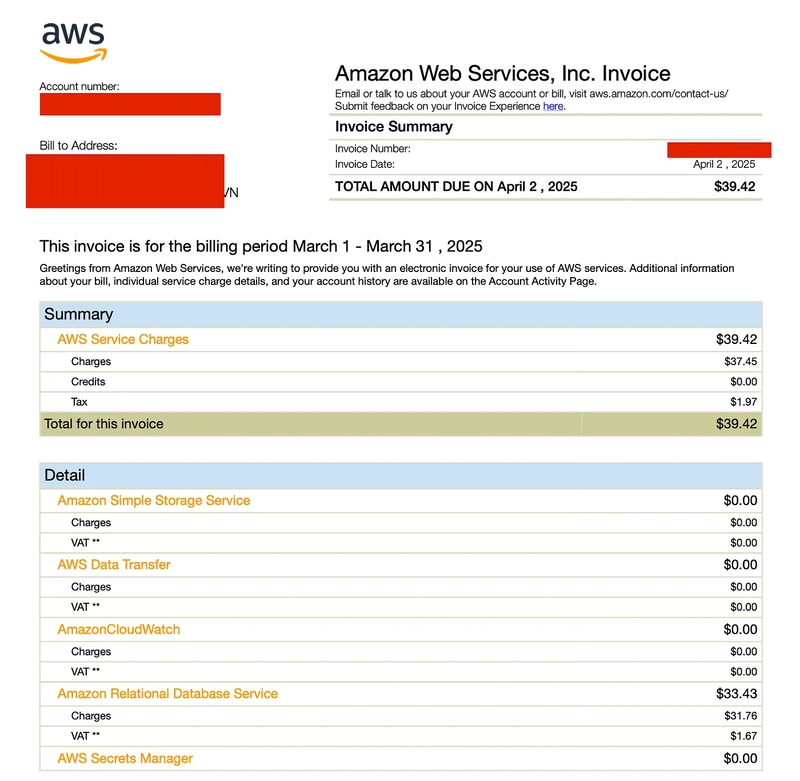How to Dynamically Create Components in Angular 6 with ViewChild?
Introduction In Angular applications, especially when dealing with dynamic components, it's common to face challenges related to identifying and managing multiple instances of components. For instance, you might want to dynamically load components within an accordion, leveraging Angular's templating features like and , ensuring that each instance can be referenced correctly using @ViewChild. In this article, we’ll explore how to achieve dynamic component loading in an Angular 6 application, addressing the specific scenario you described. Understanding the Problem You’re trying to create an accordion with dynamic components where every div for dynamic insertion needs a unique reference. When you loop through a list of items, Angular does not automatically bind the ViewChild references that you define with a template variable (#) when using the *ngFor directive, which results in the ViewContainerRef being undefined. This happens because Angular creates a new context for each iteration of *ngFor which doesn’t allow for direct manipulation of variable scopes, leading to the inability of @ViewChild to recognize your dynamically generated references. Suggested Solution To effectively control dynamic components within *ngFor, you can use the ViewChild in combination with the @ViewChildren decorator, which allows for the retrieval of multiple references from the DOM. Here’s how you can implement it: Step 1: Modify Your Template Use ng-container to create a structure that allows for component creation dynamically within the loop: {{item.name}} Step 2: Update Your Component Class Replace your @ViewChild with @ViewChildren to collect references to all dynamic containers: import { Component, ViewChildren, QueryList, ViewContainerRef, AfterViewInit } from '@angular/core'; @Component({ selector: 'your-selector', templateUrl: './your-template.component.html', }) export class YourComponent implements AfterViewInit { @ViewChildren('dynamicContainer', { read: ViewContainerRef }) dynamicContainers: QueryList; ngAfterViewInit() { this.loadDynamicComponents(); } loadDynamicComponents() { this.dynamicContainers.forEach((container, index) => { // Load your dynamic component here // e.g., container.clear(); and container.createComponent(YourDynamicComponent); }); } toggle(index: number) { // Add logic to handle accordion toggle } add() { // Add logic to handle the addition of more components } } Explanation Using ng-container: Allows you to utilize structural directives like *ngFor without adding extra elements to the DOM. @ViewChildren: This query will capture all instances specified with the #dynamicContainer reference, thus allowing you to manipulate them easily in your component logic. This ensures no loss of reference when looping through items. Step 3: Dynamic Component Loading To load your dynamic component into the specified containers, use the loadDynamicComponents method. Here, you utilize the ViewContainerRef to create instances of your components dynamically: import { YourDynamicComponent } from './your-dynamic.component'; loadDynamicComponents() { this.dynamicContainers.forEach((container, index) => { const componentRef = container.createComponent(YourDynamicComponent); // You can then set inputs or other properties on componentRef }); } Frequently Asked Questions 1. Can I use id instead of ViewChild for dynamic references? No, using IDs to reference dynamic components created within an *ngFor directive won't yield the results you need due to the way Angular manages scope and view encapsulations. 2. How do I maintain component state when updating? To retain the state of dynamically loaded components, consider using a service to manage shared state or ensuring inputs are properly set when re-creating instances. 3. Is there an Angular lifecycle hook for dynamic components? Yes, you can use ngAfterViewInit to execute code after your dynamic components are initialized, or use ngOnInit within your dynamic component for its own initialization logic. Conclusion By following this structured approach, you can effectively manage dynamic component creation within an Angular accordion. Remember to utilize @ViewChildren for capturing multiple ViewContainerRef instances, ensuring a robust and maintainable codebase. This method can be applied broadly across components where dynamic features are necessary.

Introduction
In Angular applications, especially when dealing with dynamic components, it's common to face challenges related to identifying and managing multiple instances of components. For instance, you might want to dynamically load components within an accordion, leveraging Angular's templating features like @ViewChild.
In this article, we’ll explore how to achieve dynamic component loading in an Angular 6 application, addressing the specific scenario you described.
Understanding the Problem
You’re trying to create an accordion with dynamic components where every div for dynamic insertion needs a unique reference. When you loop through a list of items, Angular does not automatically bind the ViewChild references that you define with a template variable (#) when using the *ngFor directive, which results in the ViewContainerRef being undefined.
This happens because Angular creates a new context for each iteration of *ngFor which doesn’t allow for direct manipulation of variable scopes, leading to the inability of @ViewChild to recognize your dynamically generated references.
Suggested Solution
To effectively control dynamic components within *ngFor, you can use the ViewChild in combination with the @ViewChildren decorator, which allows for the retrieval of multiple references from the DOM. Here’s how you can implement it:
Step 1: Modify Your Template
Use ng-container to create a structure that allows for component creation dynamically within the loop:
Step 2: Update Your Component Class
Replace your @ViewChild with @ViewChildren to collect references to all dynamic containers:
import { Component, ViewChildren, QueryList, ViewContainerRef, AfterViewInit } from '@angular/core';
@Component({
selector: 'your-selector',
templateUrl: './your-template.component.html',
})
export class YourComponent implements AfterViewInit {
@ViewChildren('dynamicContainer', { read: ViewContainerRef }) dynamicContainers: QueryList;
ngAfterViewInit() {
this.loadDynamicComponents();
}
loadDynamicComponents() {
this.dynamicContainers.forEach((container, index) => {
// Load your dynamic component here
// e.g., container.clear(); and container.createComponent(YourDynamicComponent);
});
}
toggle(index: number) {
// Add logic to handle accordion toggle
}
add() {
// Add logic to handle the addition of more components
}
}
Explanation
-
Using
ng-container: Allows you to utilize structural directives like*ngForwithout adding extra elements to the DOM. -
@ViewChildren: This query will capture all instances specified with the#dynamicContainerreference, thus allowing you to manipulate them easily in your component logic. This ensures no loss of reference when looping through items.
Step 3: Dynamic Component Loading
To load your dynamic component into the specified containers, use the loadDynamicComponents method. Here, you utilize the ViewContainerRef to create instances of your components dynamically:
import { YourDynamicComponent } from './your-dynamic.component';
loadDynamicComponents() {
this.dynamicContainers.forEach((container, index) => {
const componentRef = container.createComponent(YourDynamicComponent);
// You can then set inputs or other properties on componentRef
});
}
Frequently Asked Questions
1. Can I use id instead of ViewChild for dynamic references?
No, using IDs to reference dynamic components created within an *ngFor directive won't yield the results you need due to the way Angular manages scope and view encapsulations.
2. How do I maintain component state when updating?
To retain the state of dynamically loaded components, consider using a service to manage shared state or ensuring inputs are properly set when re-creating instances.
3. Is there an Angular lifecycle hook for dynamic components?
Yes, you can use ngAfterViewInit to execute code after your dynamic components are initialized, or use ngOnInit within your dynamic component for its own initialization logic.
Conclusion
By following this structured approach, you can effectively manage dynamic component creation within an Angular accordion. Remember to utilize @ViewChildren for capturing multiple ViewContainerRef instances, ensuring a robust and maintainable codebase. This method can be applied broadly across components where dynamic features are necessary.









































































































































































![[The AI Show Episode 146]: Rise of “AI-First” Companies, AI Job Disruption, GPT-4o Update Gets Rolled Back, How Big Consulting Firms Use AI, and Meta AI App](https://www.marketingaiinstitute.com/hubfs/ep%20146%20cover.png)








































































































































































































































































































































































![Honor 400 series officially launching on May 22 as design is revealed [Video]](https://i0.wp.com/9to5google.com/wp-content/uploads/sites/4/2025/05/honor-400-series-announcement-1.png?resize=1200%2C628&quality=82&strip=all&ssl=1)















![Beats Studio Pro Wireless Headphones Now Just $169.95 - Save 51%! [Deal]](https://www.iclarified.com/images/news/97258/97258/97258-640.jpg)







































































































